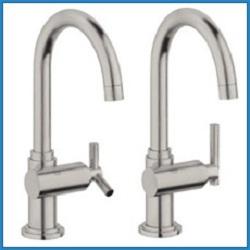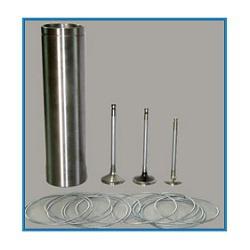Bajaj Electroplaters
Product Range
Fact Sheet
- Location:New Delhi, India
- Year of Establishment:1975
- Business Type:Business Services
- Turnover:Rs. 50 Lakh - 5 Crore
(or USD 100 K - 1 Million) - Main Products:Nickel Electroplating Services,Plating Services,Electroplating
- Reviews & Rating:
Get Verified, Sell more with
- Buyer's trust
- Faster conversions
- Better Rankings
- More
Its Free
Verify NowTin Electroplating Services
We are engaged in providing our clients a huge range of Tin Electroplating Services.
- FOB PriceNA
- Min Order QuantityNA
- Payment TermsNA
Other Details
We are engaged in providing our clients a huge range of Tin Electroplating Services. Tin Electroplating is mostly used for imparting the properties of tin on other metal surfaces. Tin are slowly deposited on the surface of the other metal, hence the process is carried out in a electrolytic solution with a tin sticks. The properties of tin metal are also transferred to that metal surface. Tin electroplating is widely used in the electronics and chemical industries.
Benefits of Tin Plating:
Tin plating is a lower cost alternative than some protective coatings. Tin also has a good level of conductivity enhancement properties (as opposed to silver which has higher conductivity) which may be of benefit to manufacturers seeking to enhance this property somewhat without adding too much to the price.
Tin offers excellent solderability
Tin can cover a wide range of shapes and components
Tin provides corrosion resistance
Colour & Aesthetics:
Tin plating has a 'whitish grey' hue and is usuallyapplied without the layer of bright nickel used in decorative coatings - as such tin has a dull, or matt appearance.
Applications:
Examples include: electronic components such as electronic connectors or bus bars, commercial cooking equipment and jewellery. Substrates suited to this coating: Tin can be plated over most metal substrates but commonly is used on lower value substrates such as mild steel or copper alloys.
Design Cautions:
As this is an electrolytic process it is necessary to use jigging, racking or wiring to provide for electrical current conductivity. Some shapes lend themselves more easily to this than others. In some cases the addition of a sprue or hole is necessary. Please consult your plating adviser prior to finalising design if you intend to use this finishing process.
Images






